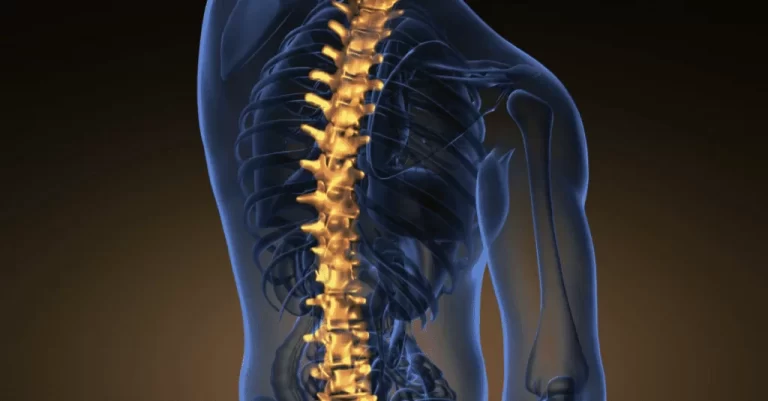Hip Pain Location Diagram
The Hip joint is one of the body’s largest weight-bearing joints and is crucial for various movements, including walking and running. Hip pain can arise from a variety of factors, such as injury, overuse, or certain medical conditions. To effectively communicate and diagnose the source of hip pain, medical professionals often refer to a hip pain location diagram.
This diagram typically illustrates the various regions around the hip joint where pain might originate, helping to pinpoint the specific area of discomfort for accurate assessment and treatment. Understanding the anatomy and specific locations of hip pain can significantly aid in identifying the underlying cause and implementing appropriate management strategies for patients experiencing hip discomfort
Pain that originates from the point where your upper leg and hip unite is referred to as hip pain. Anywhere in the pelvic area—in front, behind, within, or outside—can experience pain. You can have a strong pain, a mild ache, or an abrupt or progressive pain.
Hip pain is most commonly seen and can result from a variety of factors, including wear and strain, degeneration of the joint, sports injuries, and falls.
On these hip pain location diagrams, we’ve included the most frequent causes of hip pain from several perspectives. By being aware of these pain patterns, a clinical examination may be improved and the likely diagnosis can be narrowed down.
Hip Pain Location Diagram

Front Side of the Hip Pain Location Diagram
Lower abdomen:
This region can feel like an inguinal or femoral hernia, which can then progress to the groin. A noticeable bulge is frequently noticed, as well as significant pain or aches and burning sensations. The discomfort associated with inguinal nerve entrapment is typically more akin to a burning or electric sensation, and the skin from the lower abdomen to the groin is sometimes extremely sensitive.
Front of the Hip Joint
Hip flexor pain, hip arthritis, femoral acetabular impingement, avascular necrosis of the hip/osteonecrosis, and stress or complete fractures of the femur neck are most commonly felt directly in front of the hip joint.
Lateral Hip Pain
Hip bursitis, hip labral tears, and gluteal tendinopathies can all be reported on the side of the hip.
Front of the thigh
This is the location where meralgia paraesthetica, femoral shaft stress or complete fracture, and quadriceps strains and tears will be felt.
Front of the pelvis and inner thigh
The joint at the front of the pelvis is called the symphysis pubis, and pain which is frequently associated with pregnancy. Adductor pain can also be felt here, as well as down on the inner thigh.
Back Side of the Hip Pain Location Diagram

Seat bone:
Insertional Hamstring Tendinopathy is felt at the location where the hamstring enters, which is the gluteal crease or seat bone.
Back of the thigh:
This is an often recommended location for sciatica which mostly arises from the lumbar spine nerve roots.
Central Buttock:
Although they often affect the glute, piriformis syndrome and deep glute syndrome can also affect the back of the thigh.
Central back of pelvis:
The base of the spine and the pelvis meet at the sacroiliac joint (SIJ); SIJ discomfort is frequently associated with pregnancy, inflammatory diseases, and trauma.
Lateral side of the Hip Pain Location Diagram

Side of the hip:
Lateral hip and thigh pain is frequently caused by Iliotibial Band Syndrome, Hip Bursitis, Gluteal Tendinopathy or Tear, TFL Enthesopathy, Snapping Hip Syndrome, Femoral Fracture, and Melalgia Paraesthetica.
Back of hip and inner thigh
In these regions, adductor pain and insertional hamstring tendinopathy are prevalent.
References
- Patel, D. (2023, August 9). Hip Pain Location Diagram – Anterior, Posterior, Lateral View. Samarpan Physiotherapy Clinic. https://samarpanphysioclinic.com/hip-pain-location-diagram/
- McCormack, J. (2023, October 31). Hip Pain Location Diagram. James McCormack. https://james-mccormack.com/advice-centre/hip-pain-location-diagram/






